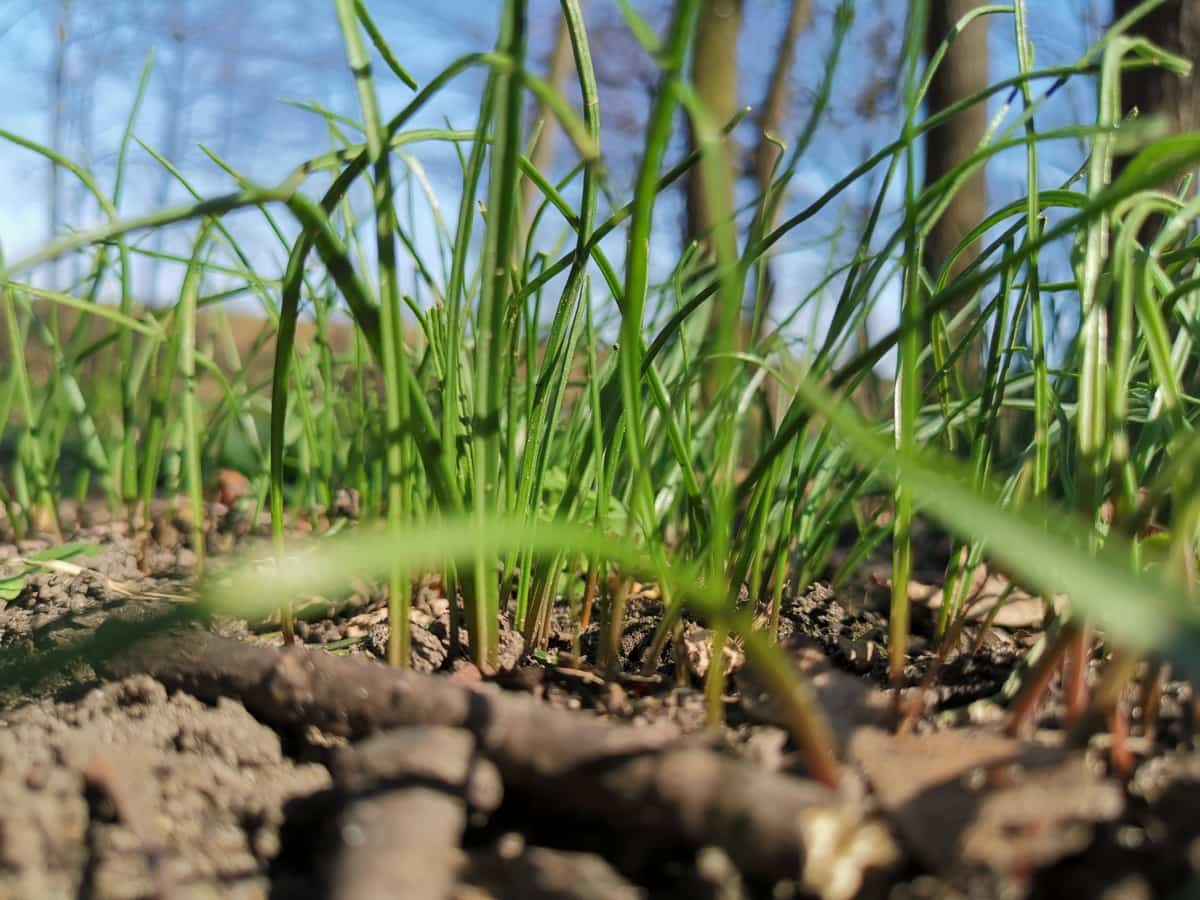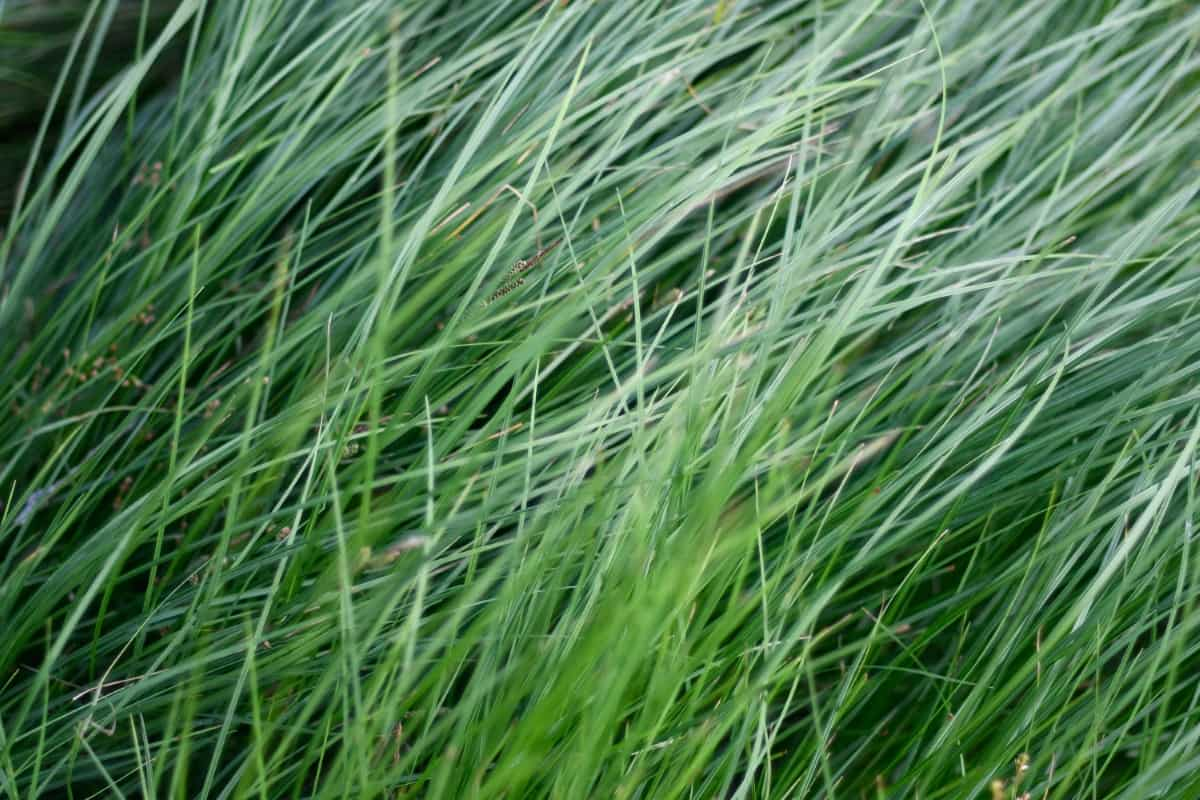Juncao grass, a remarkable and sustainable feed option for livestock, including cattle, goats, chickens, and pigs, offers numerous benefits for farmers. This versatile grass, known for its rapid growth and high nutritional value, is transforming animal agriculture. It thrives in a variety of climates, making it a go-to choice for diverse farming needs. In this guide, we’ll explore the straightforward steps to grow Juncao grass, ensuring your livestock receives optimal nutrition while supporting eco-friendly farming practices.

How to Grow Juncao Grass
What is Juncao Grass?
Juncao Grass is a hybrid of two species of grasses: Pennisetum purpureum and Pennisetum typhoideum. It is also known as Giant Napier Grass or Elephant Grass. Juncao Grass can grow up to 7 meters tall and has a strong root system that can withstand drought and pests. Juncao Grass can produce high yields of biomass and can be harvested multiple times a year. Juncao Grass is a rich source of protein, minerals, and vitamins for livestock.
It has a crude protein content of 12-18% and a digestibility of 60-70%. Juncao Grass can improve the growth, milk production, and meat quality of cattle, goats, sheep, pigs, chickens, and fish. Juncao Grass can also reduce the cost of animal feed by replacing expensive concentrates or supplements.
Create the Ideal Growing Environment for Juncao Grass
Juncao Grass can grow in a wide range of climates and soils, but it prefers warm and humid conditions. The optimal temperature for Juncao Grass is 25-35°C, and the optimal rainfall is 1000-2000 mm per year. Juncao Grass can tolerate some shade, but it needs at least 6 hours of sunlight per day. Juncao Grass can grow on slopes, wastelands, or marginal lands that not suitable for crops.
Step-By-Step Guide to Planting Juncao Grass in Different Climates
To plant Juncao Grass, you need to prepare the land by plowing, harrowing, and leveling it. You also need to apply organic manure or compost to improve the soil fertility. You can plant Juncao Grass by using stem cuttings or seeds. Stem cuttings are easier and faster to propagate, but they require more labor and water. Seeds are cheaper and more convenient to transport, but they need more time and care to germinate. You can plant Juncao Grass in rows or blocks, depending on the available space and the intended use.
Maintain Optimal Soil Conditions for Juncao Grass Growth
Juncao Grass needs regular watering, weeding, and fertilizing to maintain its growth and quality. You should water Juncao Grass at least once a week during the dry season or when the soil moisture is low. You should weed Juncao Grass every month or when the weeds compete with the grass for nutrients and light. You should fertilize Juncao Grass every 3-4 months or after each harvest with organic or chemical fertilizers.
In case you missed it: The Pig Fattening Process: Methods, Feed Formula, and Cost

Harvest and Store Juncao Grass for Maximum Nutritional Value
You can harvest Juncao Grass when it reaches a height of 1-2 meters or when it starts to flower. You should cut Juncao Grass at a height of 15-20 cm from the ground to allow for regrowth. You can harvest Juncao Grass 3-4 times a year or more, depending on the climate and management. You should use Juncao Grass as fresh as possible or store it properly to preserve its nutritional value. You can keep Juncao Grass by making hay, silage, or pellets.
Yield of Juncao Grass
Juncao Grass can produce high yields of biomass that can be used for multiple purposes. The average yield of fresh Juncao Grass is 300 tons per hectare per year. The average yield of dry Juncao Grass is 60 tons per hectare per year. The average yield of mushrooms from Juncao Grass is 10-15% of the dry weight. The average yield of animal products from Juncao Grass depends on the type, breed, age, and health of the animals.
Utilize Juncao Grass as a Cost-Effective Feed Solution for Cattle
Juncao Grass can be used as a cost-effective feed solution for cattle by replacing or supplementing other feed sources. You can feed Juncao Grass to cattle as fresh grass, hay, silage, or pellets. You can also mix Juncao Grass with other forages or concentrates to balance the diet. It would help if you fed cattle according to their body weight, production level, and nutritional requirements. You can save up to 50%
In case you missed it: Goat Milk Processing and Products: From Cheese to Soap

Enhance Livestock Health with Juncao Grass Feeding Practices
Juncao grass is a perennial forage crop that can thrive in various climates and soils, offering high biomass production, drought tolerance, pest resistance, and nutrient content. It can be used as feed, silage, hay, or pellets for various livestock types, including cattle, sheep, goats, pigs, poultry, and rabbits. Juncao grass improves livestock health by enhancing the immune system, digestion, milk production, meat quality, and reproduction and reducing disease incidence.
It contains bioactive compounds with anti-inflammatory, antioxidant, antibacterial, and antiviral effects. Juncao grass also facilitates the use of chemical fertilizers, pesticides, and herbicides, as well as greenhouse gas emissions. It prevents soil erosion, conserves water, and increases biodiversity. Juncao grass can be intercropped with other crops or trees, creating a diversified farming system.
To cultivate and use Juncao grass, choose a suitable variety for your climate and soil conditions, prepare the land, apply organic manure or compost, plant the grass, harvest it when it reaches 80-100 cm in height or before flowering, and use it as fresh or dry feed, silage, hay, or pellets. Monitor livestock growth and adjust feeding frequency according to their needs. Juncao grass is a valuable resource for livestock farmers, enhancing productivity, profitability, and environmental benefits.
Economic Advantages of Cultivating Juncao Grass
Juncao grass is a type of herbaceous plant that can be used for multiple purposes, such as animal feed, mushroom cultivation, and soil conservation. By growing Juncao grass, farmers can increase their incomes, reduce their dependence on timber, and improve their food security. Juncao technology has been successfully introduced in several countries, such as Fiji, Nigeria, and Tanzania, and has helped to alleviate poverty and protect the environment.
In case you missed it: What Affects the Quality and Size of the Chicken Eggs

Conclusion
Juncao grass stands out as an exceptional, eco-friendly feed for various livestock. Its ease of cultivation, high nutritional value, and adaptability to different environments make it an ideal choice for sustainable farming. Embracing Juncao grass cultivation can significantly benefit livestock health and contribute to more agricultural practices.
Note: The images presented in this post are intended solely for representation purposes. The images are meant to serve as visual aids and should not be relied upon as accurate representations of their real-life counterparts.
- Feed Your Flock for Less: Top 10 Tips to Save on Chicken Feed
- Ultimate Guide to Ossabaw Island Hog: Breeding, Raising, Diet, and Care
- Hatching Answers: The Top 10 Reasons Your Chickens Aren’t Laying Eggs
- Eggs and Economics: Breaking Down the Cost of Raising Backyard Chickens
- Defend Your Greens: Proven Methods to Keep Iguanas Out of Your Garden
- Ultimate Guide to Cinnamon Queen Chicken: A Comprehensive Guide for Beginners
- Ultimate Guide to California Tan Chicken: Breeding, Raising, Diet, Egg-Production and Care
- Ultimate Guide to Marsh Daisy Chicken: Breeding, Raising, Diet, and Care
- 10 Types of Chicken Farming Businesses You Can Start for Profits